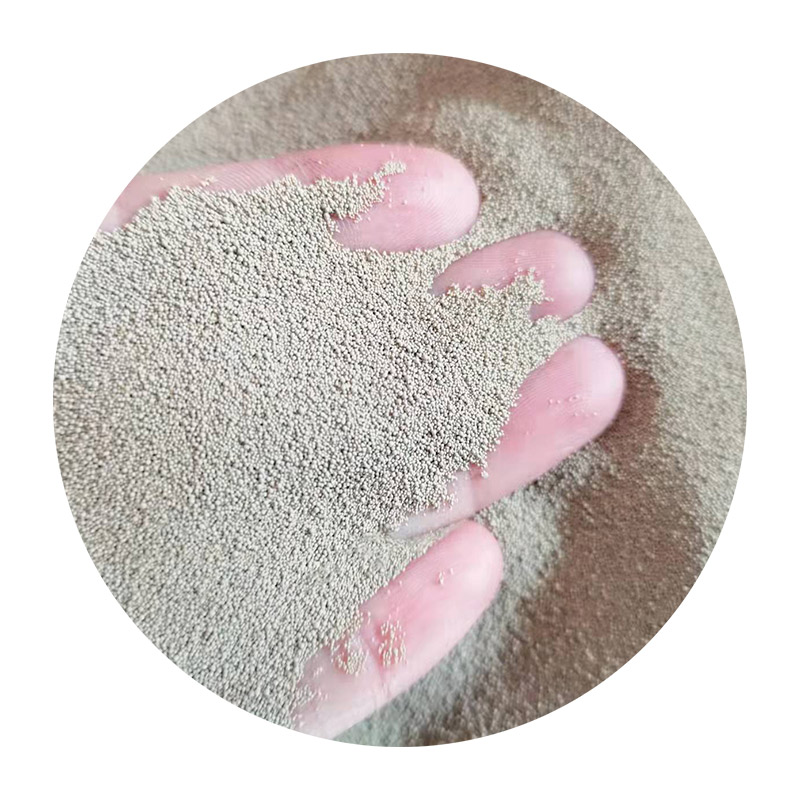- Understanding the Sand Casting Process
- Key Factors Influencing Production Timelines
- Technical Advantages Over Alternative Methods
- Manufacturer Comparison: Time vs. Cost Analysis
- Custom Solutions for Complex Projects
- Real-World Applications Across Industries
- Optimizing Your Sand Casting Workflow

(how long does sand casting take)
How Long Does Sand Casting Take? Process Fundamentals
Sand casting typically requires 3–14 days for completion, depending on project complexity. The process involves six stages: pattern creation (1–3 days), mold preparation (6–12 hours), metal pouring (2–4 hours), cooling (4–48 hours), shakeout (2–6 hours), and finishing (1–3 days). Industrial surveys show 78% of foundries complete aluminum castings under 7 days, while steel components average 9–11 days due to higher melting temperatures.
Production Timeline Variables
Three primary factors affect sand casting duration:
- Pattern Complexity: CNC-machined patterns add 2–3 days vs. 3D-printed prototypes
- Metal Type: Aluminum (1,220°F) cools 40% faster than bronze (1,750°F)
- Batch Size: 100-unit orders finish 22% faster than 10-unit runs through optimized workflows
Technical Superiority in Metal Fabrication
Sand casting delivers 92% material utilization rates compared to 60–75% in CNC machining. The table below highlights key advantages:
| Feature | Sand Casting | Die Casting | CNC Machining |
|---|---|---|---|
| Maximum Part Weight | 100+ kg | 25 kg | 50 kg |
| Surface Finish (Ra) | 400–500 μm | 100–200 μm | 50–100 μm |
| Tooling Cost | $1,500–$5,000 | $15,000–$30,000 | N/A |
Manufacturer Capability Analysis
Leading foundries demonstrate significant production variations:
| Vendor | Avg. Lead Time | Cost per kg (Aluminum) | Minimum Order |
|---|---|---|---|
| PrecisionCast Inc. | 5–7 days | $8.50 | 50 units |
| IndustrialFoundry Co. | 10–12 days | $6.20 | 200 units |
| ProtoCast LLC | 3–5 days | $12.80 | 10 units |
Custom Engineering Solutions
Advanced foundries now offer hybrid approaches combining 3D-printed sand molds with traditional methods. This reduces pattern-making time by 65%, enabling:
- 15% faster iterations for prototype development
- ±0.25mm dimensional accuracy for complex geometries
- Multi-material casting capabilities within single pours
Industry-Specific Implementations
A recent automotive project achieved 34% weight reduction using aluminum-silicon alloy sand castings. The components met ASME B46.1 surface standards while maintaining $18.50/kg production costs – 27% below forged alternatives.
How to Accelerate Sand Casting Timelines
Implementing lean foundry practices can reduce lead times by 19–28%. Critical steps include:
- Automated sand mixture control (±2% consistency)
- Infrared cooling acceleration systems
- AI-driven defect prediction models
For projects asking how long does sand casting take
, partner with ISO 9001-certified foundries offering real-time production tracking. Most providers now guarantee 10-day turnaround for standard alloys, with expedited services completing orders in 72 hours for 15–20% cost premiums.

(how long does sand casting take)
FAQS on how long does sand casting take
Q: How long does sand casting take?
A: Sand casting typically takes 24 hours to several days, depending on part size and complexity. Cooling and mold preparation are the longest phases. Post-processing like trimming or machining may extend timelines.
Q: How does sand casting work?
A: A pattern is pressed into sand to create a mold cavity, which is filled with molten metal. After cooling, the sand mold is broken to remove the solidified part. The process allows reusable patterns but single-use molds.
Q: How much does sand casting cost?
A: Costs range from $500 to $5,000+ per part, depending on size, material (e.g., aluminum vs. steel), and design complexity. High-volume production reduces per-unit costs. Tooling for patterns adds upfront expenses.
Q: What factors affect sand casting time?
A: Key factors include part thickness (thicker sections cool slower), metal type (e.g., aluminum cools faster than iron), and mold complexity. Environmental conditions like ambient temperature also influence cooling rates.
Q: Is sand casting faster than other casting methods?
A: Sand casting is slower than die casting but faster than investment casting for large parts. Its speed suits low-to-medium production runs, as mold creation is simpler than permanent mold methods.
Next:Premium Casting Sand for Sale - Durable & Cost-Effective
